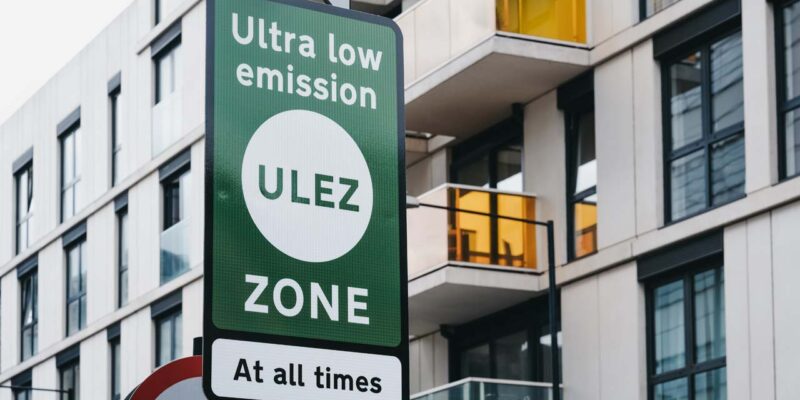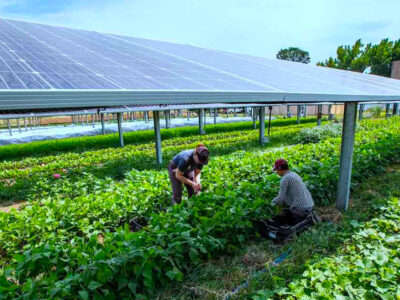London can finally take a breath. Coming up in 2023, the Ultra Low Emission Zone (ULEZ) is expanding to cover the entire city. This is the second expansion of London’s flagship air quality policy, with the new zone more than doubling its reach to impact over 9 million people.
We often think of air pollution as dirty, thick air—something that was common maybe during the Great London Smog about 70 years ago. But in reality, air pollution isn’t always visible. The ULEZ was created because residents were getting sick from constant gasoline exposure and with the intention to reduce concentrations of NO2 throughout London.
How does it work? The ULEZ charges drivers £12.50 (about $15) for passing through the zone with cars that don’t meet certain EU standards. This money is used to improve air quality in London, upgrade the city’s transport network, and has reduced the number of vehicles used drastically. On average, 21,000 fewer drivers pass through the area as compared to a couple years ago, and 94% of vehicles meet the emission standards, compared to just 37% in 2017.
While creating an ULEZ may seem drastic, it seems to work. Over 70% of residents were in support when it was first implemented according to a 2019 poll, and NO2 concentrations are 44% lower than they would have been without the zone. It’s been so successful in fact, that the zone has expanded ahead of schedule and other cities around the world are taking note. Krakow, Poland recently announced a Low Emission Zone, just days after London’s 2023 expansion announcement.



















Comments